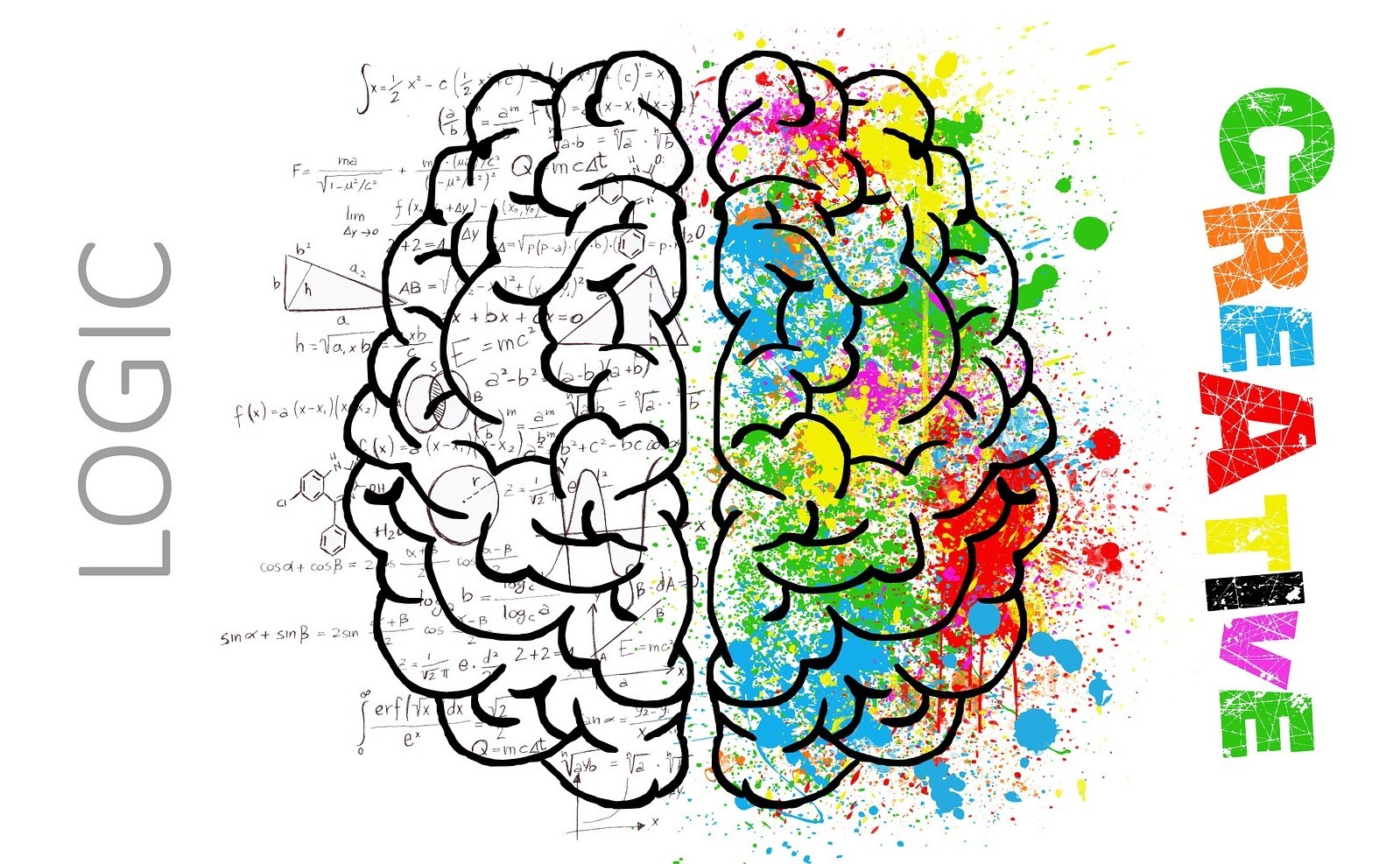
Conceptual Design- What Is It and How To Prepare For Ideation Sessions, by Alex Dubinski
It may sound weird, but ideas actually need to be designed. What does this mean? Visual communication (such as graphic design) requires meaning in order to convey a message. This means that to create an effective design you must have a reliable way of establishing a core, compelling idea early on in each project. That process is called conceptual design!
In the Ideation stage, design thinkers spark off ideas in the form of questions and solutions through creative and curious activities such as Brainstorms and Worst Possible Idea. In this article, we’ll introduce you to some of the best Ideation methods and guidelines that help facilitate successful Ideation sessions and encourage active participation from members, so keep reading to wrap your head around conceptual design and ideation sessions!
How does ideation help?
Ideation is helpful because it prompts people to ask the right questions and have an innovative mind frame to provide user friendly solutions. Doing ideation sessions also brings together the creativity and brain power of an entire team, helping you uncover unexpected areas of innovation! With the amount of people working on an idea, the volume of answers you may get is greater, allowing for a greater scope of action and a wider portfolio of possibilities!
Why do we even need ideation in the first place?
Ideation forces you to ask stupid questions sometimes. In reality though, they’re not stupid questions because even the most obvious topic has room for exploration and ideation leads you down that path rather than letting you take on a design idea thinking you know everything about it when in reality you may be more ignorant than you realize! Ideation and Design Thinking is not only about challenging assumptions and asking so-called stupid questions. It’s also about going from researching and defining your users and their needs in the Empathize and Define phases and moving on into starting to come up with the right solutions for the users via Ideation methods:
Applying ideation methods
Ideation facilitation is a challenging and complex task. It requires experience in understanding and managing teams, people dynamics, adaptability and flexibility and a range of other soft skills, which in reality are really hard to master. Having said that, there’s nothing like experience to help you learn the ropes of any field. The best way to learn is to take the theory and techniques you learn from the experts, and then apply and test them in your own context and adapt them to your own needs.
At some point, concepts must make the leap from abstract ideas to a visual design. Designers usually accomplish this through sketching.
One helpful approach is to create thumbnails, which are sketches of a design that are small enough to fit several on the same page.
Like brainstorming (or verbal ideation) the goal is to come up with sketches fast so that your ideas can flow freely. You don’t want to get hung up on your first sketch or spend too much time on minute detail. Right now, you are simply visualizing possible interpretations of the concept.
Activate facilitation
In Ideation sessions, it’s important to create the right type of environment to help create a creative work culture with a curious, courageous, and concentrated atmosphere. Instead of using a boardroom with the CEO sitting at the head of the table, Design Thinking and Ideation sessions require a space in which everyone is equal. The Ideation room must have sufficient space for people to feel comfortable, but the atmosphere shouldn’t be sterile, and team members shouldn’t have to shout in order to be heard. You should also designate someone to take down contributors’ ideas and draw/write them on the whiteboard/wall/poster. If the process begins to slow down and people seem to be running into a dead-end, the facilitator should impose constraints, such as: “what if there was no top-level navigation bar?” or “How-might-we go about the task if we were 8 years old?” Alternatively, you might want to set targets, such as filling a brainstorming sheet within ten minutes.
Summary
People need guidance, inspiration and activities, in a physical and cognitive manner, in order to get the process started. Ideation is a creative and concentrated process; those involved should be provided with an environment that facilitates free, open, and the non-judgemental sharing of ideas.
Get Creative with Design Courses from Total Training!
About the Author
Alex Dubinski has a great passion for reading and writing, enjoys good food and loves to travel. He is a an online marketing strategist at Assignment writing service and Gum Essays. He have a five-year experience of working in marketing industry.




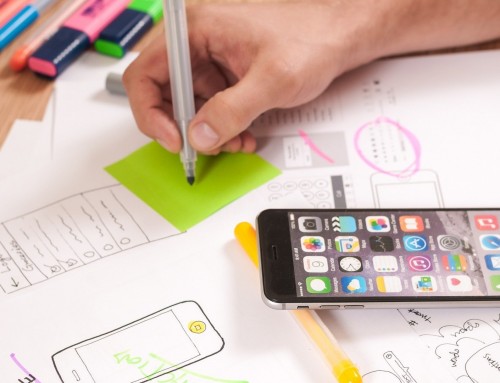
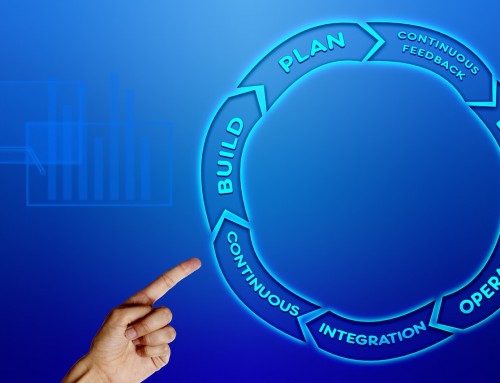




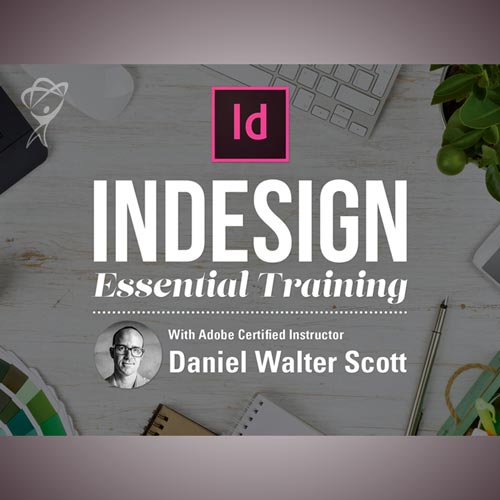
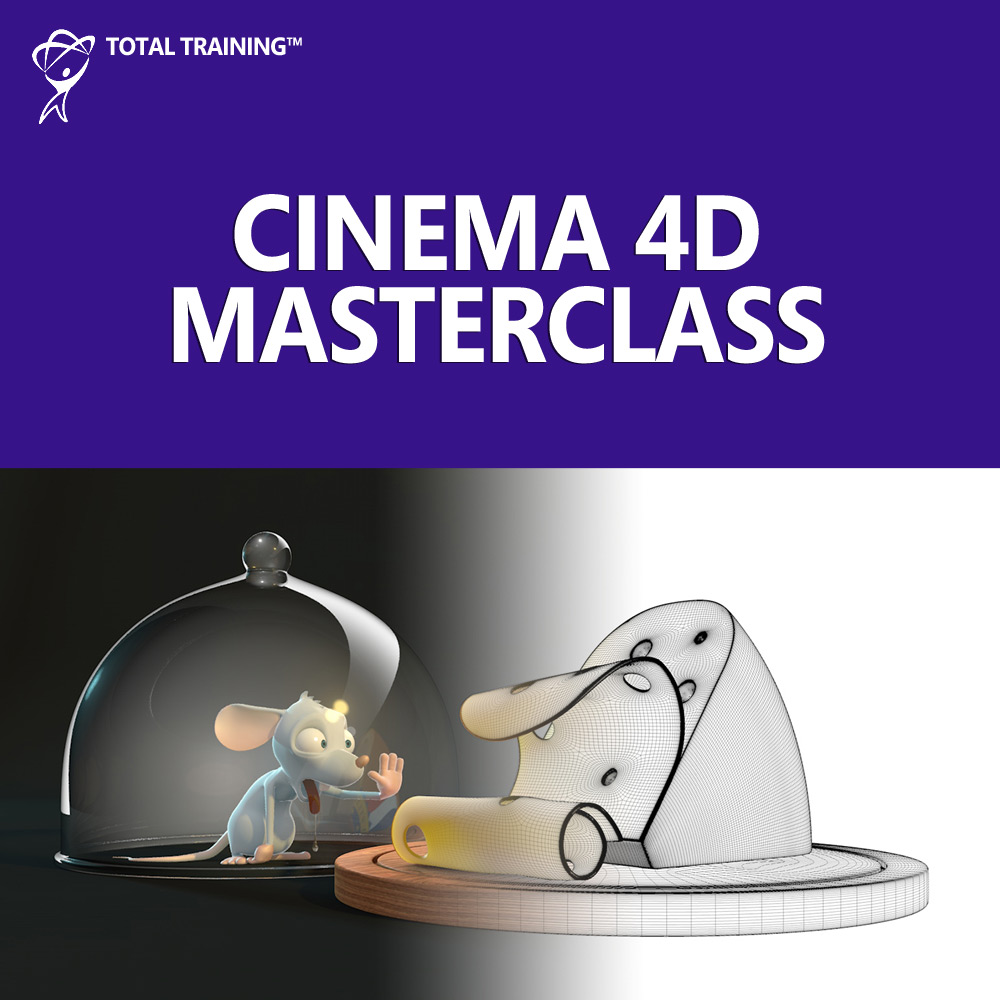


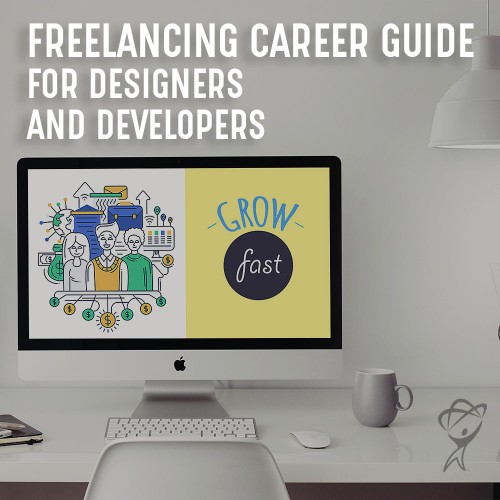
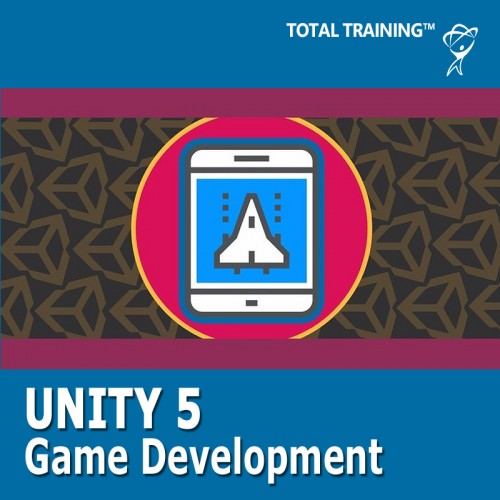



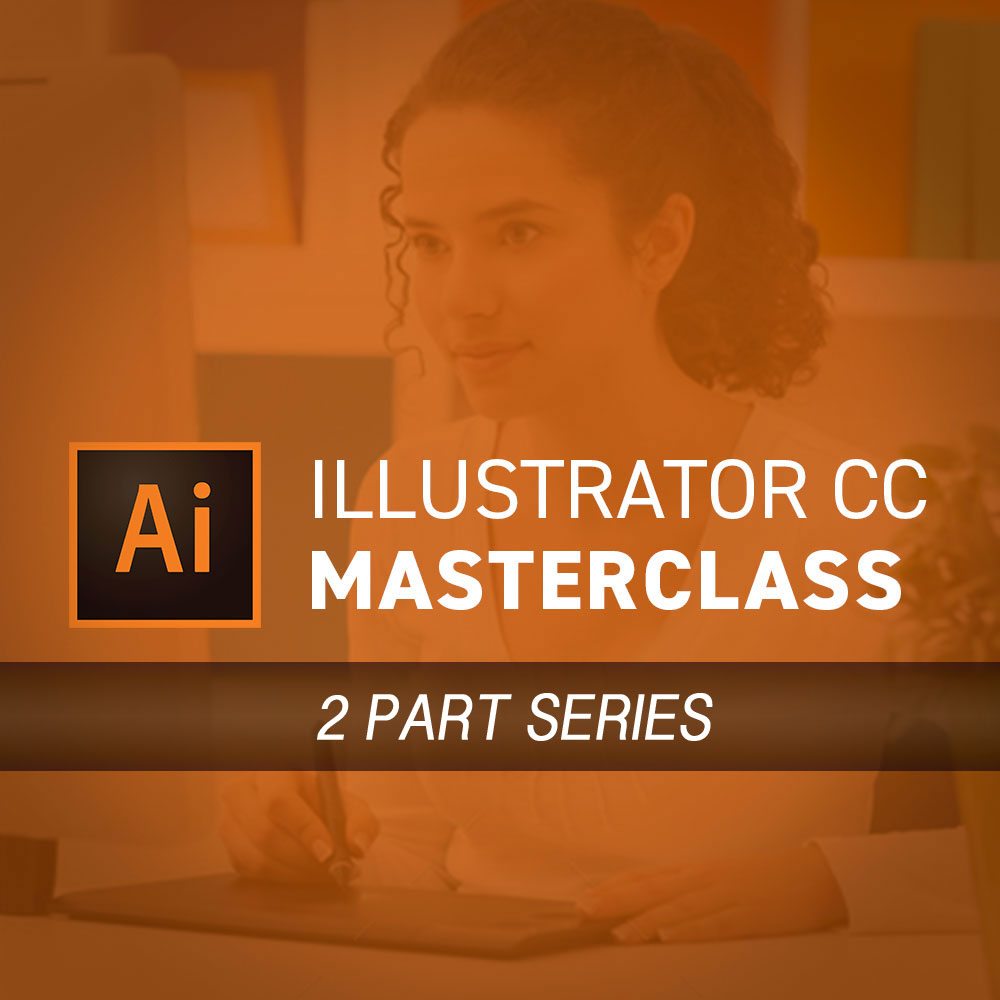



Leave A Comment